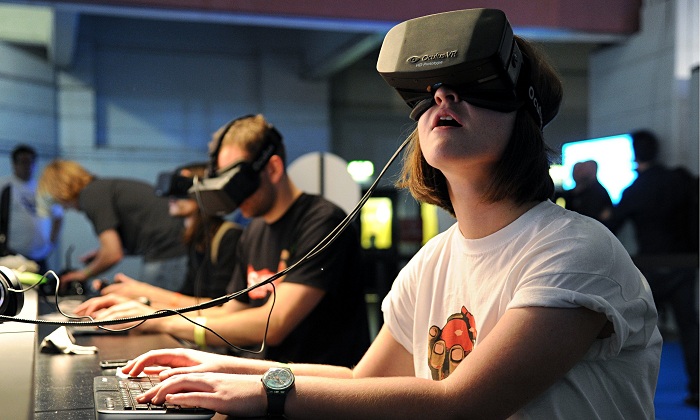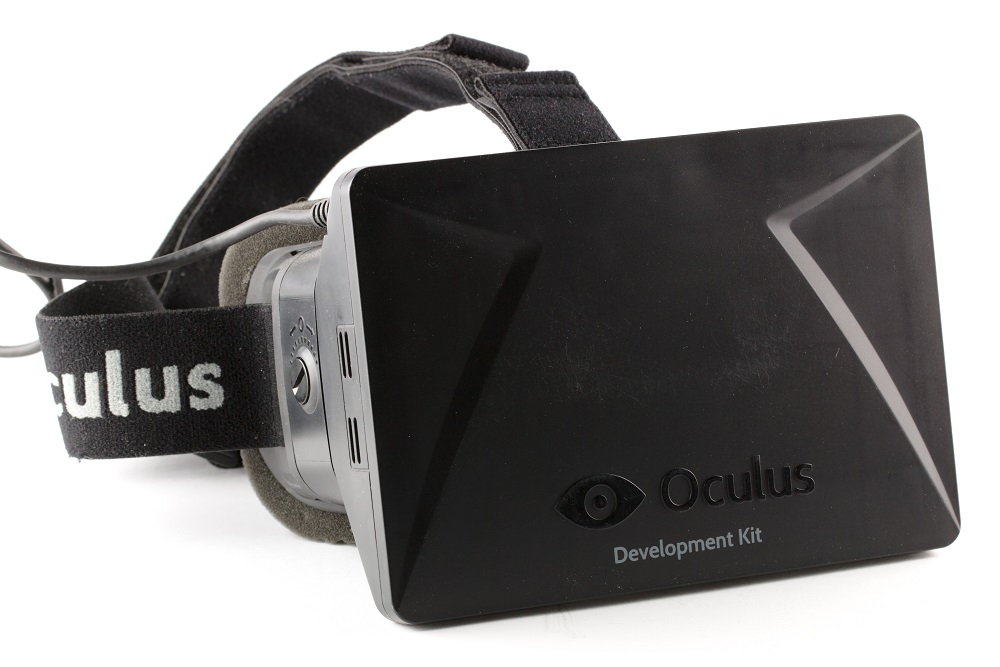
Oculus Rift, the head-mounted display by Oculus VR (now owned by Facebook), takes virtual reality (VR) to an impressive level, according to reviews and reports.
So, curious to know what makes the Rift such a huge success? Here are the components and integrated circuits (ICs) that an iFixit teardown of the first generation Rift development kit fetched.
Processor
Model: STM32F103C8
Manufacturer: STMicroelectronics
At the heart of the Rift is an ARM Cortex-M3 microcontroller that has 64 Kbytes Flash, a 32-bit RISC core at 72MHz and motor control. It incorporates two 12-bit analogue-to-digital converters (ADCs), three general-purpose 16-bit timers and one pulse width modulation (PWM) timer. Standard and advanced communication interfaces include up to two inter-integrated circuits (I2Cs) and serial peripheral interfaces (SPIs), three universal synchronous/asynchronous receiver/transmitters (USARTs), universal serial bus (USB) and controller area network (CAN).
Motion sensors
There are two components used in the Rift to assist motion-sensing – a motion tracking controller from Invensense and a digital compass IC from Honeywell.
Model: MPU-6000
Manufacturer: Invensense
This is a motion-tracking controller with 3-axis gyroscope, 3-axis accelerometer and a digital motion processor (DMP) in a 4×4×0.9mm package.
Model: HMC5983
Manufacturer: Honeywell
The temperature compensated 3-axis digital magnetometer is generally used in low-field magnetic sensing for applications such as automotive and personal navigation, vehicle detection and pointing. In this device, it is used along with an accelerometer to correct gyroscope drift.
Memory
Model: W25X20CL
Manufacturer: Winbond
It is a 2Mbit serial NOR Flash memory that allows programming of up to 256 bytes at a time.
Timing controller
Model: HX8851
Manufacturer: Himax
Rift uses an amorphous-silicon (a-Si) thin-film transistor (TFT) liquid-crystal display (LCD) driver IC with a frequency range of 25MHz to 110MHz. It offers low-voltage differential signalling (LVDS) or multipoint LVDS (M-LVDS) interface.
Step-down converter
Model: TD14844
Manufacturer: Techode
There is a monolithic synchronous buck regulator that integrates two 130mΩ metal-oxide-semiconductor field-effect transistors (MOSFETs), and provides 3.2A continuous load current over an input voltage of 4.75V to 23V.
I/O ports
The following input/output ports are seen on the Rift: high-definition multimedia interface (HDMI), digital visual interface (DVI), Mini USB and DC-in.

The first development kit provided by Oculus VR was well received by gaming and electronics enthusiasts. The latest Crystal Cove model comes with two upgrades – positional tracking to recognise the motion of your entire upper body and low persistence to reduce motion blur. It also has a better display and other enhanced features. These are just the development kits and not the actual product. We are hoping that the final product, once out in the market, would redefine the gaming experience.
The author is a dancer, karaoke aficionado, and a technical correspondent at EFY. Find her on Twitter @AnuBomb.








